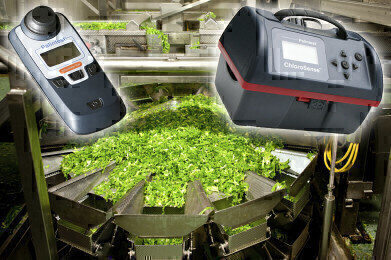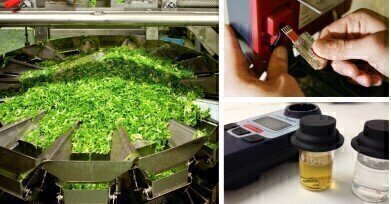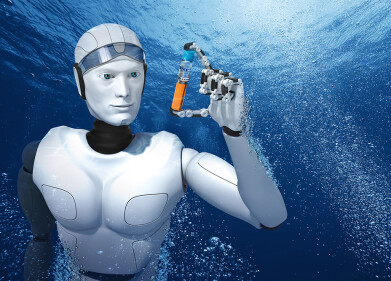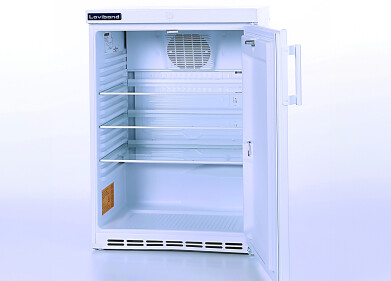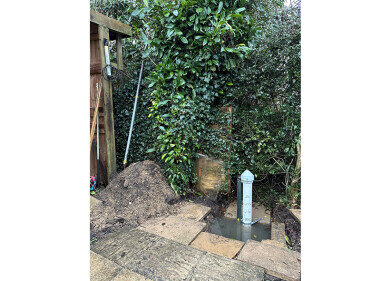Water/Wastewater
Testing Free Chlorine When Superchlorinating Fresh Produce
Aug 23 2016
When processing fresh-cut produce like lettuce, disinfection is often carried out by adding free chlorine, in the form of hypochlorite, to the wash water.
Many standards stipulate that free chlorine must be maintained in the wash water at concentrations greater than 50 mg/l. This process, known as ‘superchlorination’, aims to avoid the formation of chloramines (also known as combined chlorine), which are formed when free chlorine reacts with nitrogenous compounds in the water, such as ammonia. Chloramines are weaker disinfectants than free chlorine.
Currently there is no one perfect method to specifically measure free chlorine at superchlorination levels. However, Palintest (UK) offers a number of options for users aiming for superchlorination. These include the ChloroSense method, the Iodometric Colorimetric method and the DPD Colorimetric method. Which one is used will depend on local circumstances and requirements.
ChloroSense method
ChloroSense uses an electrochemical technique called chronoamperometry and includes an instrument and a disposable pre-calibrated sensor, allowing non-technical users to rapidly obtain accurate results. Although the device provides a free chlorine reading (up to 10 mg/l), operators can use the total chlorine reading (up to 100 mg/l) to demonstrate superchlorination has been achieved. Additionally, ChloroSense is glass- and reagent-free and ensures traceability with integrated data logging, making it ideal for use in high-care and GMP environments.
Iodometric Colorimetric method
Another method for determining total chlorine can be carried out using Palintest’s Chlorometer Duo. This is a colorimetric version of a standard method allowing total chlorine readings up to 250 mg/l – again demonstrating superchlorination has been achieved.
DPD Colorimetric method
The DPD method is also available on Palintest’s Chlorometer Duo and has been the standard method for determining free and total chlorine in water for over fifty years. However, it has a limited test range (0 – 5 mg/l), meaning dilution on the production line is required.
In most applications where water is expected to be maintained at superchlorination levels, the ChloroSense or the Chlorometer Duo are proven and straightforward approaches to demonstrating effective disinfection is taking place.
Digital Edition
IET 34.2 March 2024
April 2024
Gas Detection - Biogas batch fermentation system for laboratory use with automatic gas analysis in real time Water/Wastewater - Upcycling sensors for sustainable nature management - Prist...
View all digital editions
Events
May 13 2024 Munich, Germany
May 15 2024 Lund, Sweden
May 15 2024 Frankurt-am-Main, Germany
May 20 2024 Columbus, OH, USA
May 21 2024 Lagos, Nigeria
